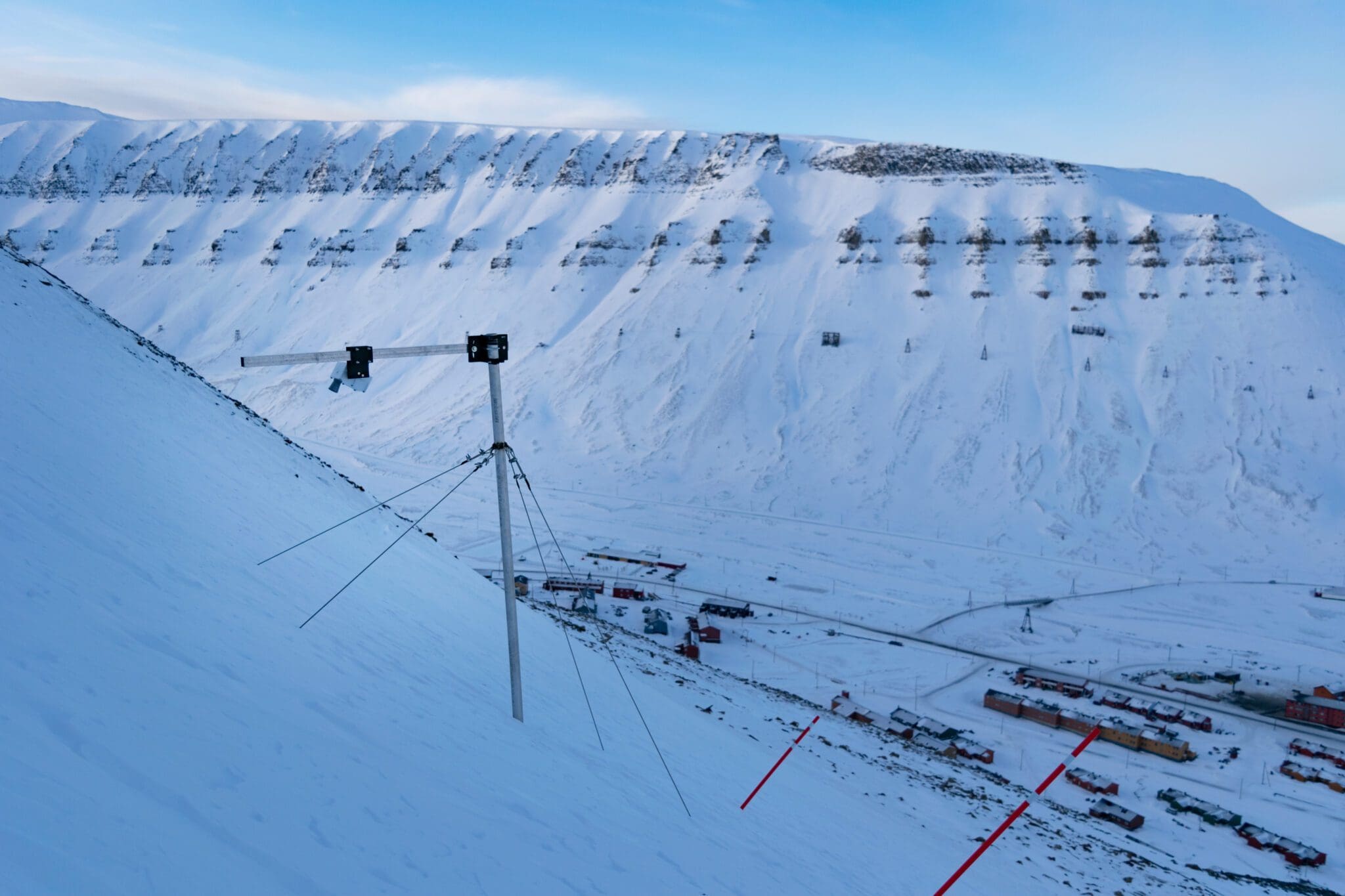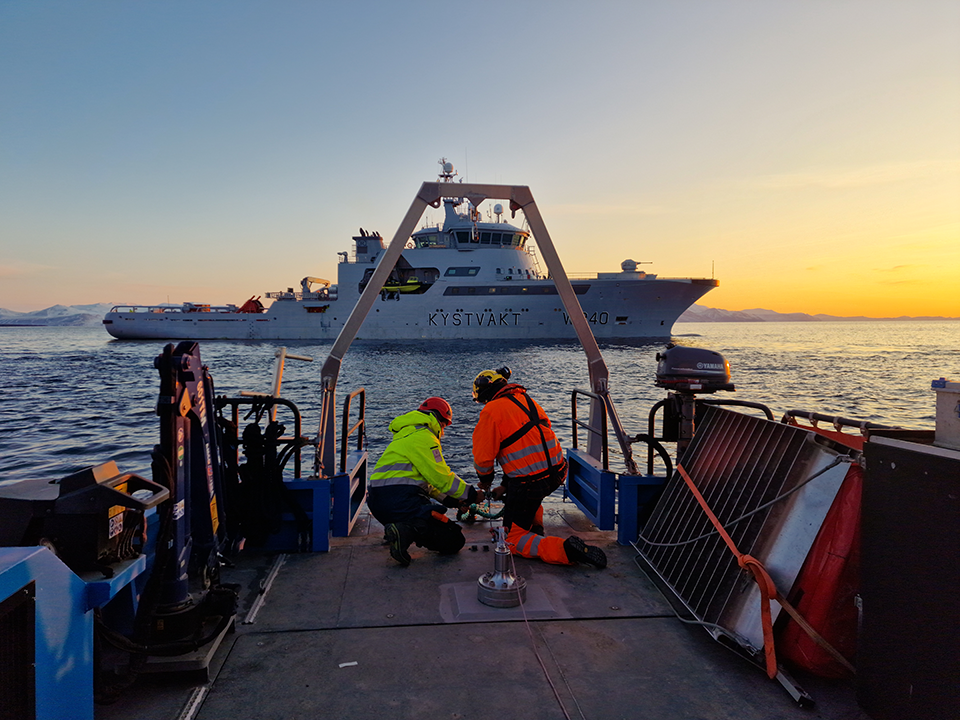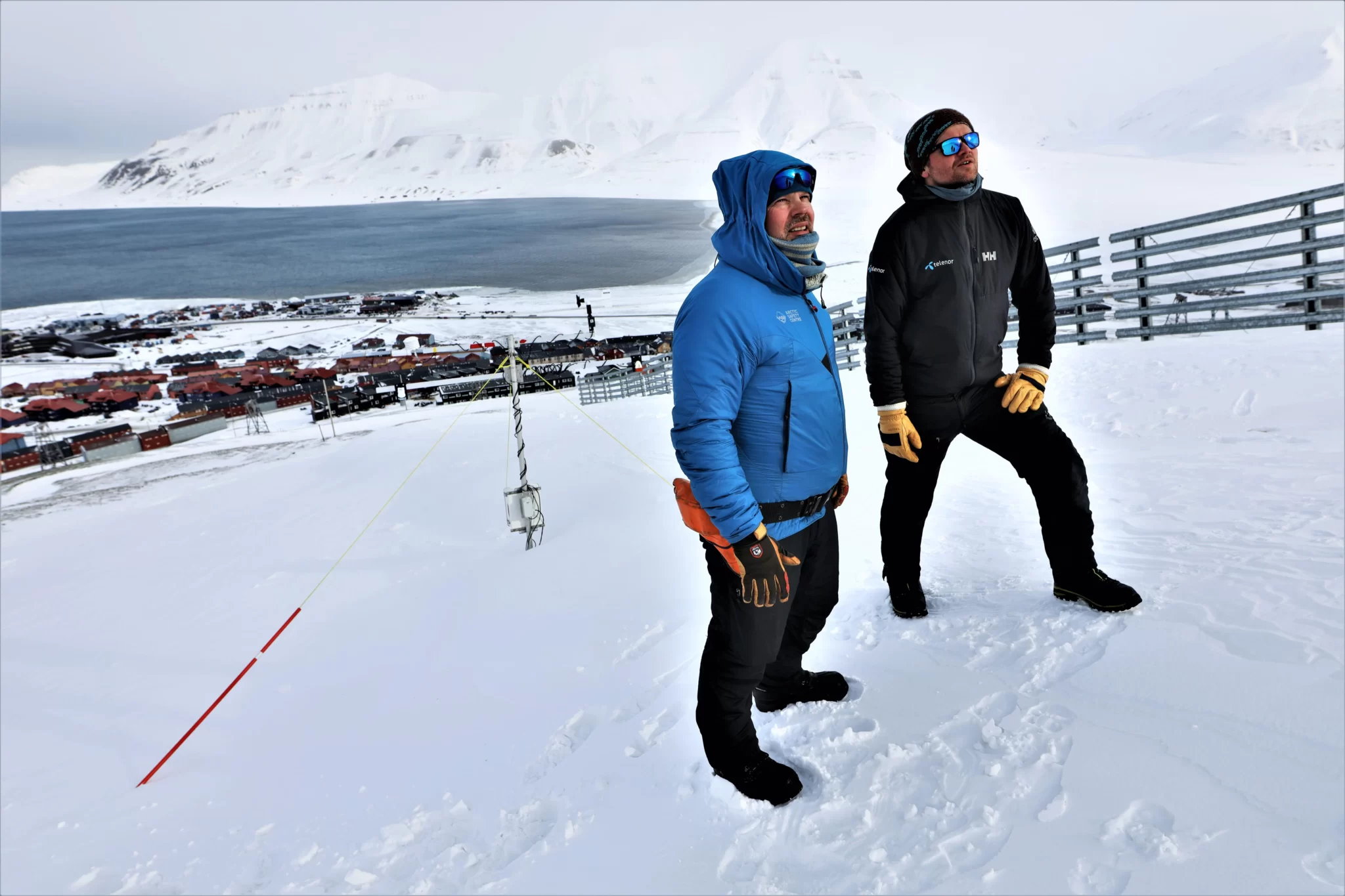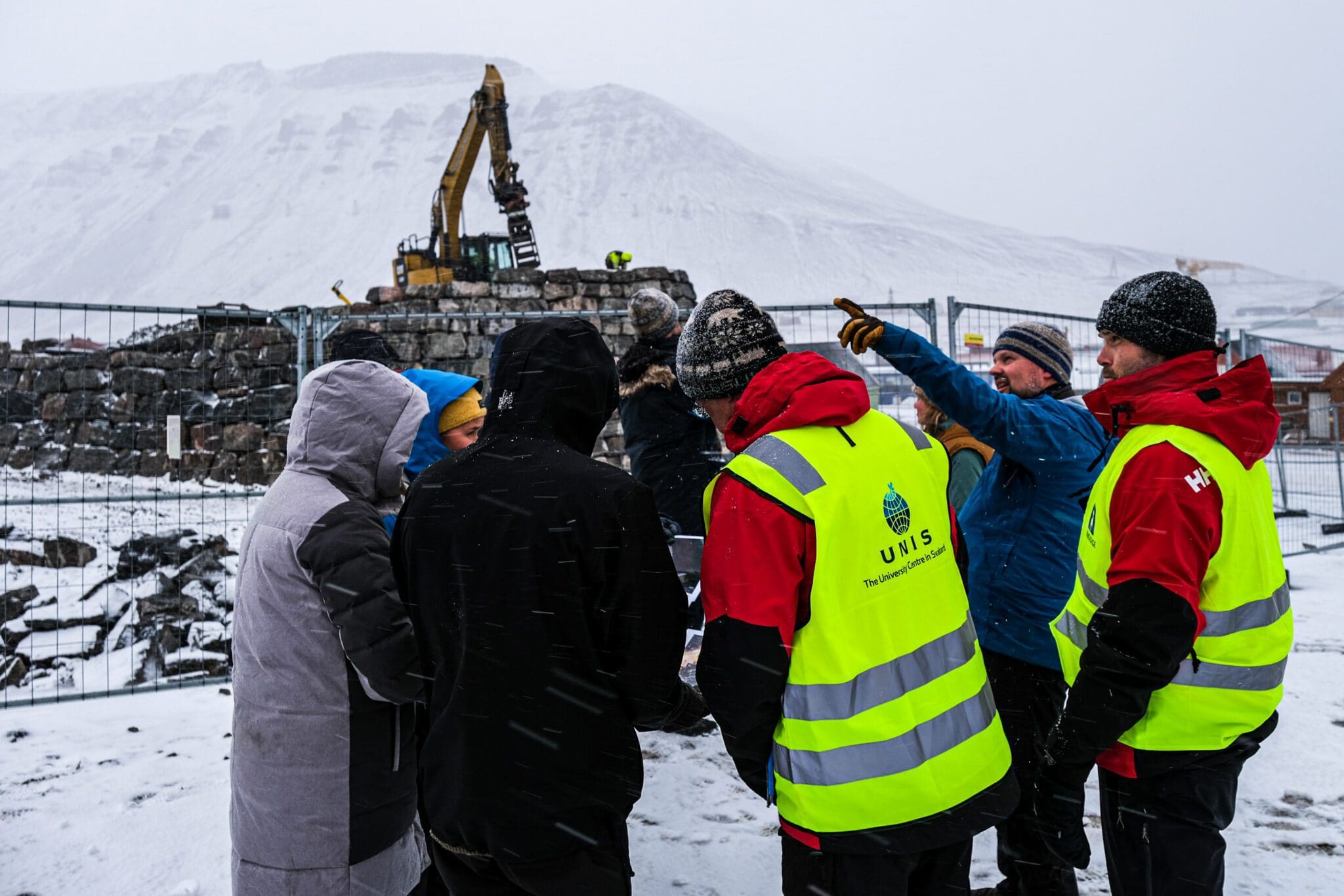Arctic Safety Centre
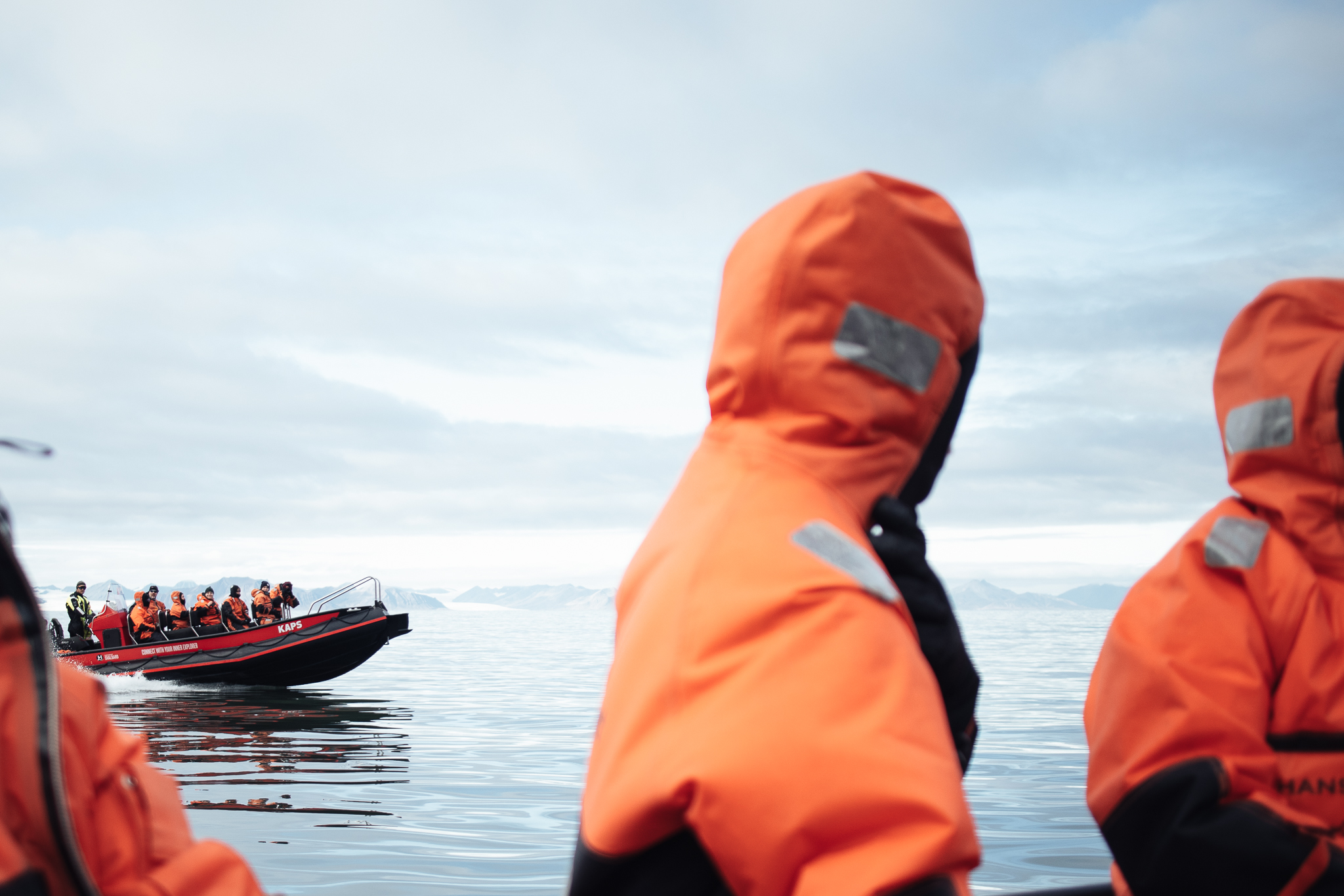
Changing natural environment in the high Arctic
The natural environment in the high north is undergoing rapid change. At the same time the interest in presence and economic development in the region has never been greater. As a consequence, the need for increased competence and sharing of experience in how to operate in a safe and environmental manner in the high Arctic is acute and extremely relevant.
Related
The centre’s main task is to offer research-based and practical knowledge and expertise related to safety for the local community, with businesses and other actors who conduct field activity on Svalbard. Focus areas are supporting field safety, societal safety, and emergency preparedness – all in an Arctic context with natural hazards and climate adaptations as important factors. The basis for the centre’s activities is more than 30 years of experience from UNIS’ field activities related to teaching and research. The government’s “Strategy for innovation and business development in Svalbard” has been a guideline for the activity in the centre over the past years.
The Arctic Safety Centre provides
Education
In collaboration with the AT department at UNIS, the centre has four MSc courses in Arctic Safety. The courses are popular and were fully subscribed for the autumn of 2020, but unfortunately, they were cancelled due to Covid-19.
In the autumn of 2020, a course in Arctic Safety and Preparedness (7.5 ECTS) was arranged for the first time in collaboration with NTNU-Videre. The course received great interest in the local community, and the 25 study places were a hundred percent oversubscribed. The course had participants from local business, administration, emergency preparedness actors and internal participation from UNIS.
Research and services
In the autumn of 2020, NTNU and the Arctic Safety Centre were granted NOK 12 million (plus NOK 5 million in-kind) for the project Risk governance of climate-related systemic risk in the Arctic (Arct-Risk). The project started in 2021 and will run over three years. This project will have three full time employees in Longyearbyen.
The centre coordinates the local snow observation group, which provides weekly snow observations for the local avalanche warning system in Longyearbyen. The service is delivered to the Longyearbyen Community Council and is a key source of information for the avalanche warning system which is used to protect people and infrastructure in Longyearbyen.
Innovation and development
The centre has worked closely with Telenor Svalbard on the development of snow sensors in the last couple of years. The sensor technology uses IoT technology (Internet of Things) to send snow depth measurements in real time. These provide supplementary information about the snow cover that is used in local avalanche warning system.
In 2020, a three-year project was started with Nordkapp municipality in mainland Norway. The project is based on the experiences from Longyearbyen and the same type of technology and sensors will be used in local avalanche warning system for exposed infrastructure in Nordkapp.
Resources from the safety course 2024
